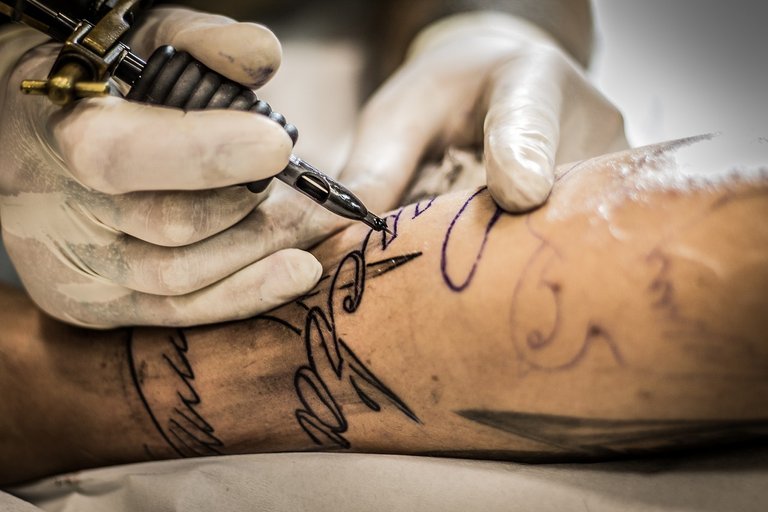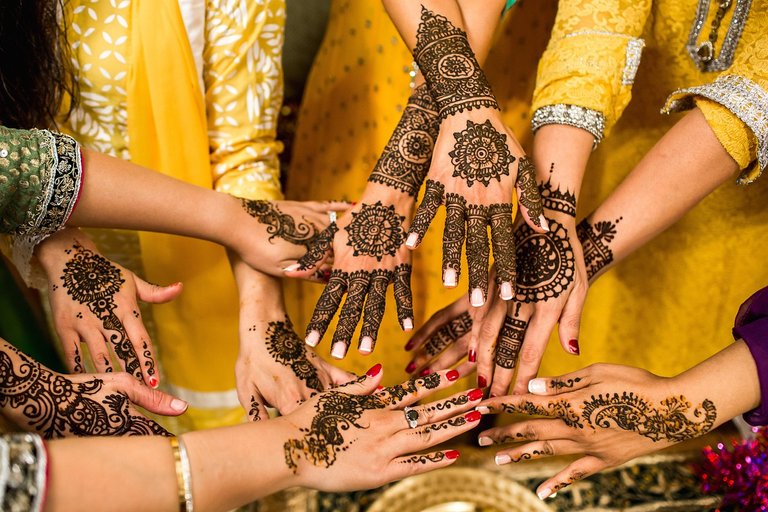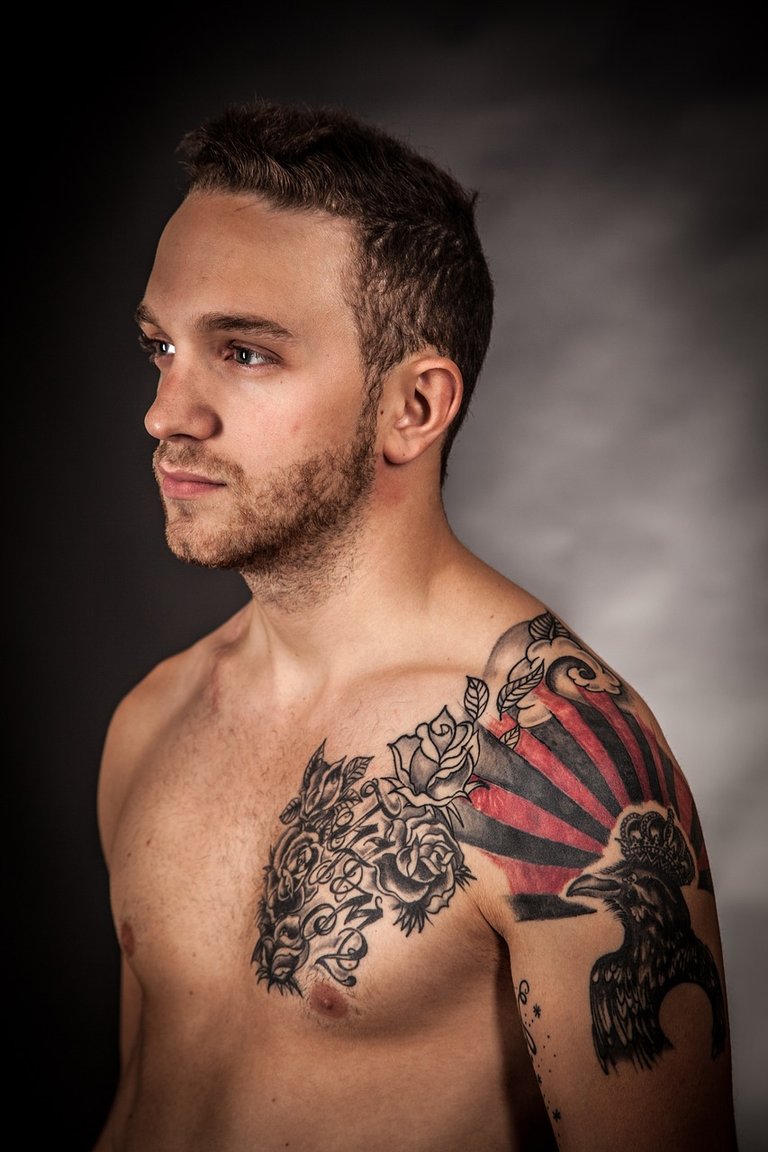Tattooing and slavery are linked in the past in a way that is both embarrassing and important. Back then, slave people were tattooed to exert control over them. Such tattoos could be used to brand slaves, much like cattle, in a demonstration that the slaves belonged to someone's possession. The tattoos made it easier for slave owners to identify their slaves if they tried to run away. These tattoos were not decorative or expressive but rather to expression of power and control of another person.

In some parts of the world, particularly in past eras of the transatlantic slave trade, African men and women were compelled to be tattooed as a form of punishment or for the idealised purpose of robbing them of their honour. Such tattoos regularly included numerals, first names or symbols that bore personal significance to the wearer. Let's say you are made to carry a tattoo on your body for the rest of your life, and that tattoo certifies that you are not free, that you are someone's property.

Tattoos also played a role in resisting slavery. In part, enslaved individuals used tattoos as verbs to recover some aspect of their identity. In certain instances, they would tattoo their names or meaningful symbols into their bodies in an attempt to get back that sense of identity they once had, as free man or woman, before they were pastured into slavery. These ink treatments might be discreet expressions of rebellion, a subtle kind of disobedient act in a world where the individuals had little to no control over their affairs.

Tattoos nowadays have a very different sense for most. They are also widely used as a means of self-expression/art. But the history of tattoos in relation to slavery reminds us of the deep pain and suffering that people endured, and the strength they showed to survive in the face of such cruelty.
This entry is in response to day 14 of the #decemberinleo prompt and I invite @jezmaine and @vickiee9 to participate.
Source 1
Source 2
Source 3
This is my first time translating into Spanish and I'm sorry of I didn't get it right or if I violated any rules. I translated using chatgpt, I was having difficulty using deepl.com
—————————————————
La práctica del tatuaje y la esclavitud están vinculadas en el pasado de una manera tanto vergonzosa como importante. En aquel entonces, las personas esclavizadas eran tatuadas para ejercer control sobre ellas. Estos tatuajes se utilizaban para marcar a los esclavos, al igual que al ganado, como una demostración de que los esclavos eran propiedad de alguien. Los tatuajes facilitaban a los dueños identificar a sus esclavos si intentaban escapar. Estos tatuajes no eran decorativos ni expresivos, sino una expresión de poder y control sobre otra persona.

En algunas partes del mundo, particularmente durante las épocas pasadas del comercio transatlántico de esclavos, a hombres y mujeres africanos se les obligaba a tatuarse como forma de castigo o con el propósito idealizado de robarles su honor. Estos tatuajes solían incluir números, nombres de pila o símbolos que tenían un significado personal para quien los portaba. Imagina que te obligan a llevar un tatuaje en tu cuerpo por el resto de tu vida, y ese tatuaje certifica que no eres libre, que eres propiedad de alguien.

Los tatuajes también desempeñaron un papel en la resistencia a la esclavitud. En parte, las personas esclavizadas usaban los tatuajes como una forma de recuperar algún aspecto de su identidad. En ciertos casos, tatuaban sus nombres o símbolos significativos en sus cuerpos en un intento por recuperar ese sentido de identidad que tenían como hombres o mujeres libres antes de ser esclavizados. Estos tratamientos de tinta podrían ser expresiones discretas de rebelión, un tipo sutil de acto desobediente en un mundo donde las personas tenían poco o ningún control sobre sus vidas.

Hoy en día, los tatuajes tienen un significado muy diferente para la mayoría. También se utilizan ampliamente como un medio de autoexpresión o arte. Pero la historia de los tatuajes en relación con la esclavitud nos recuerda el profundo dolor y sufrimiento que la gente soportó, así como la fortaleza que mostraron para sobrevivir frente a tanta crueldad.
Esta entrada es en respuesta al día 14 del reto #decemberinleo e invito a @jezmaine y @vickiee9 a participar.
Esta es la primera vez que traduzco al español y lamento no haberlo hecho bien o si violé alguna regla. Traduje usando chatgpt, tenía dificultades para usar deepl.com
Posted Using InLeo Alpha
Realmente es la otra cara de la moneda cuando indagamos sobre la relación de los tatuajes con la esclavitud.
Una manera muy cruel de usar este arte tan genuino.
Realmente es una forma cruel de usarlo. A veces veo un tatuaje y me enamoro de él, pero usarlo como esclavo es un desvío. Gracias por leer.
Congratulations @vickiee! You have completed the following achievement on the Hive blockchain And have been rewarded with New badge(s)
Your next target is to reach 300 posts.
You can view your badges on your board and compare yourself to others in the Ranking
If you no longer want to receive notifications, reply to this comment with the word
STOPCheck out our last posts: